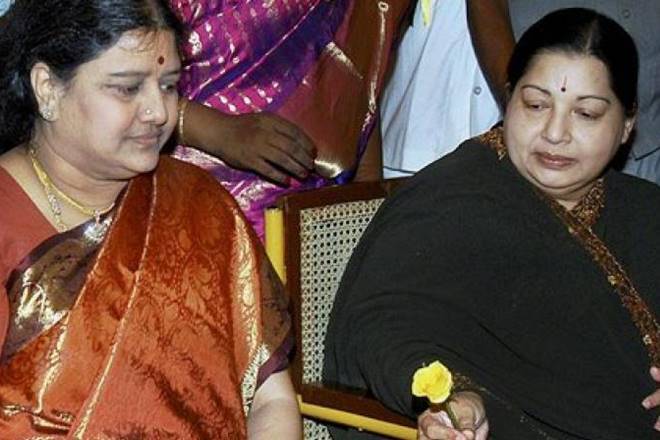Inventories at retail-level had piled up due to poor sales demand and tight liquidity situation, putting stress on the dealers’ financials.
At present, the inventory levels across the country showrooms is around 40-45 days for passenger vehicles (PV) and commercial vehicles (CV). For two-wheelers, it is 45-50 days.
According to the industry experts, the inventory levels traditionally increase during the festive season of October-November, which contribute to around 60-70% of yearly sales. However, despite muted sales last year, the vehicle manufacturers continued pumping up inventories in anticipation of fresh demand with the start of New Year.
However, the situation did not change, resulting in a massive increase in the inventory at retailers’ level, forcing many them into a financially tough situation.
According to the retailers, around a month ago, the average inventory level in the passenger segment stood at 50-60 days. Similarly, it was 80-90 days for two-wheelers and 45-50 days for commercial vehicles.
Worried with the declining purchasing power in India Dealers claim that the production cut by vehicle manufacturers in March, which is expected to continue in April, may bring down the stock levels at the showrooms to a sustainable level of about 30 days.
Federation of Automobile Dealers Associations (FADA), a lobbying body of retailers, which has been taking up the issue of excessive inventories with the vehicle manufacturers, said it appreciates the steps taken by a majority of original equipment manufacturers (OEMs) for regulating production to current demand and helping dealers in reducing inventory.
FADA president Ashish Kale said, “Inventory reduction by way of production cut is a painful decision for all stakeholders, especially OEMs and that too in a growing market like India and I am thankful to our principals for understanding the pain and pressure that auto dealers were going through with historically high inventory, and that too, in such a tight liquidity situation.”
Most of the vehicle manufacturers cut their productions till May due to the slowness in demand. Country’s largest carmaker Maruti Suzuki India (MSI) cut it by around 21% across factories in March, the company said in a regulatory filing last week. Barring vans, the company reduced production of all other segments including that of its big-selling compact and utility segments.
In February, MSI had cut production by over 8% in comparison to a year ago. Rivals including Tata Motors and Mahindra & Mahindra are also reported to have cut the production, though the extent of it could not be ascertained. Likewise, manufacturers of two-wheelers have also trimmed their production.
As per the analysts, the regulatory changes, increase in insurance costs, liquidity crunch arising after IL&FS crisis and poor consumer sentiments lead to a subdued growth of vehicles industry in the past seven months.
The situation is likely to spill over to the first quarter. Moreover, historically, the months preceding elections have never been friendly for growth.
Sridhar V, partner, Grant Thornton India LLP, earlier said the situation is expected to continue over the first quarter and moving over to BS-VI norms can show positive effects on the demand for new vehicles.









